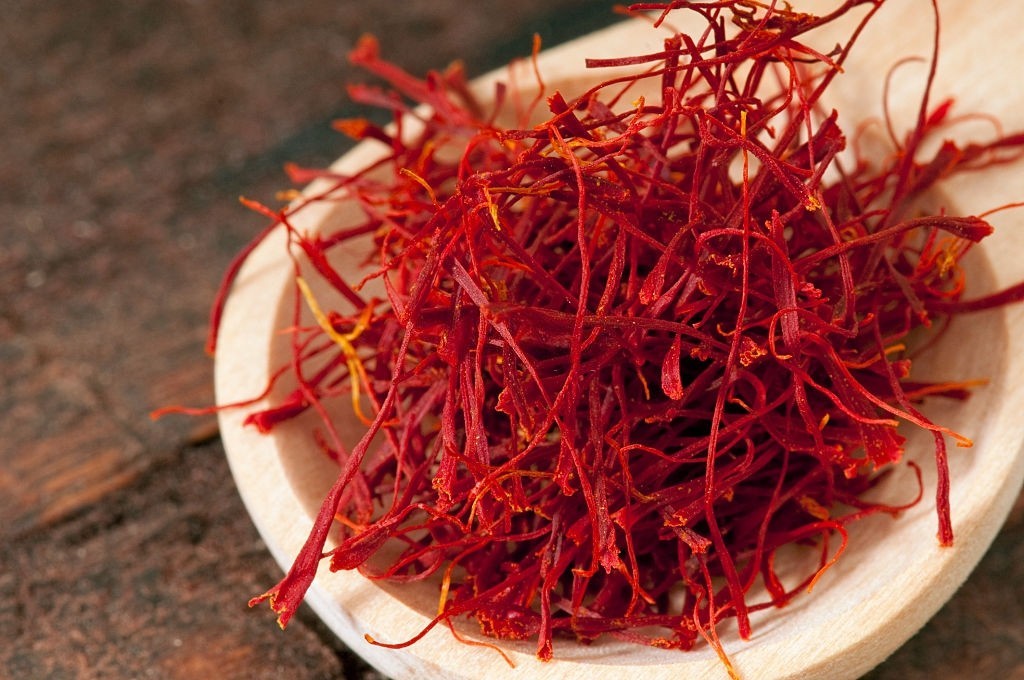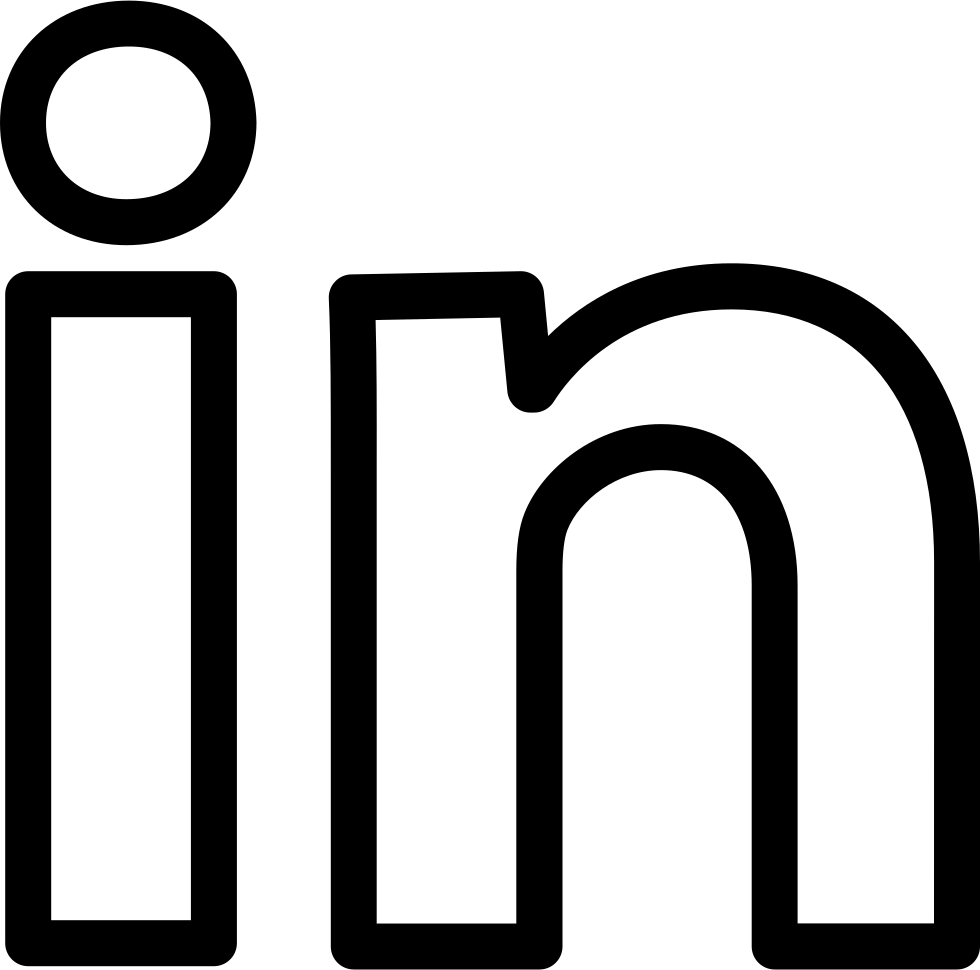A Buyer’s Guide to Authentic Quality
Finding a real saffron supplier can be difficult, especially with widespread fraud and fake products in the market. However, whether you’re a retailer, food brand, or herbal manufacturer, sourcing authentic, high-grade saffron is essential for your brand reputation and customer safety. In this guide, you’ll learn how to avoid scams and select a supplier you can trust.How to Find a Real Saffron Supplier

Why Choosing the Right Saffron Supplier Matters
Saffron is one of the world’s most expensive spices. As a result, it is often targeted for adulteration. Some sellers mix saffron with dyed corn silk, turmeric threads, or synthetic fibers. These fakes not only lower product quality, but they also violate international regulations.
Therefore, choosing the right supplier involves more than just price. You must evaluate:
-
Purity: Genuine saffron has deep red threads with orange tips.
-
Origin: Premium saffron typically comes from Iran, Spain, or Kashmir.
-
Certification: Reputable suppliers provide lab reports (like ISO 3632), organic seals, and full traceability.
5 Steps to Identify a Real Saffron Supplier
1. Verify the Country of Origin
First, check the saffron’s origin. Iran produces over 90% of the world’s saffron. In addition, Spain and Kashmir also offer high-quality varieties. Authentic suppliers will list the exact farm region and provide related documents. If a vendor is vague about the source, it’s a red flag.
2. Check ISO 3632 Certification
Secondly, look for ISO 3632 certification. This international standard measures saffron’s chemical properties like crocin (color), picrocrocin (taste), and safranal (aroma). As a result, you can be sure of its quality level—Grade I being the highest.
3. Request a Sample Before Bulk Purchase
Before placing a large order, always request a 5g–10g sample. Then, run simple tests at home:
-
Water Test: Real saffron turns water golden-yellow in 3–5 minutes without thread disintegration.
-
Aroma Test: Genuine saffron smells like honey and metal—not sweet flowers or bitterness.
Moreover, compare the sample’s look and smell to known references or videos from certified labs.
4. Review the Supplier’s Online Presence and Reviews
Furthermore, a legitimate saffron supplier usually has:
-
A professional website with product specs
-
Verified Google or B2B reviews
-
Social media pages with active engagement
On the other hand, be cautious of sellers with inconsistent branding or no online feedback.
5. Ask for Business and Export Licenses
Lastly, request business credentials. Real suppliers will provide:
-
Import/export permits
-
HACCP or ISO certifications
-
FDA or EFSA documentation (for US/EU markets)
This proves their legal status and export readiness.
Trust + Traceability = Real Saffron Supplier
To summarize, sourcing real saffron requires patience, research, and documentation. Don’t let low prices tempt you into buying poor-quality or fake saffron. Instead, focus on traceability, certifications, and reviews to protect your investment.
https://saffronexporter.com/how-to-recognize-fake-saffron/1031/





